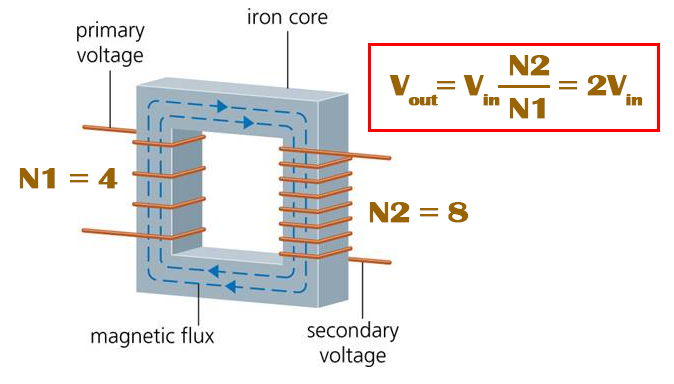Plasma arc lighter
Some info
First of all be careful, this project is quite dangerous because we will use high voltages. Even if the output power is low this voltage could injure you so please be careful. So, what is inside of an arc lighter? Well since it works with electrical power there should be a battery to store the energy. To build mine I’ll use a small LiPo battery like this one. But what should be the voltage of our battery? Let’s first understand how the lighter works and later talk about the input voltage. In order to create a plasma arc we need high voltage. Very very high voltage.
Dielectric strenght
I bet that you heard about the term of dielectric strength. If not I’ll explain it to you. A dielectric is an insulating material, and the dielectric strength is the maximum electric field that a pure material can withstand under ideal conditions without breaking down and experiencing failure of its insulating properties. So for example do you think wood is a dielectric? Dose wood isolates voltage¿? Or plastic? Since all you know every wire or electric tool is isolated in plastic of some sort. But is plastic really a isolating material? Well it depends. It depends of the applied voltage. Of course that for a voltage of 220 volts or 115 it is a good isolator. But for a voltage as for example ten thousands volts just a thin layer of plastic won’t isolate the wire. So each material has his isolating properties and the dielectric strength is measured in mega volts per meter. So for example polyester material needs 19.7 mega volts per meter to break down. By break down I mean to create a discharge between two points of the isolated material. So that means we can isolate 19 ,7 thousands volts with just a 1mm layer of polyester. So basically any material can conduces electricity, it all depends of the applied voltage. What we are interested in today is the dielectric strength of the air since the plasma arc will flow through air. If we check this table we can see that the dielectric strength of air is approximately 3 mega volts per meter. This is why those electrical power wires from the power central are separated more than 3 meters between each other. Those wires carry voltages higher than 2 million volts. So 3 mega volts per meter is 3 thousands volts per mm. So in the best condition we should have a 3000 differential voltage between two electrodes separated 1mm one to the other In order to create a discharge. If we want our arc to have about 3 to 4 mm we should have about 10 000 volts. So how can we obtain this 10 000 volts???????
Transformer
Well obviously a transformer. A typical transformer is made of two wire windings around a core usually made of ferrite or metal. When you apply AC voltage on one coil, this coil will create a magnetic field. The magnetic field passes through the core and gets to the second coil. As we know from faraday laws a magnetic flux change inducts a current in the coil. So the same variation of magnetic field that the first coil creates will induce a current in the secondary coil. This current flow will be equal to a voltage drop. So in order to create this magnetic flux variation we will need a oscillating AC voltage. It doesn’t have to be a sine wave. It could be a square one as well. The voltage ratio of a transformer is related with the number of windings of the first and second coil.

In an ideal transformer the output to input voltage ratio is equal to the secondary coil number of windings divided by the primary coil number of windings like shown above. So for example if we have a primary coil with just 4 windings and a secondary with 8 windings and we apply 1 volts AC voltage at the input, we will have 1 volts multiplied by the ratio between 8 and 4 which is 2. So we will have a total of 2 volts at the output. On the other hand, the output to input current ratio it proportional to input winding number of turns to the output, which is backwards the voltage ratio. As you know power is voltage times current and if you combine these together you will realize that in an ideal transformer (100% efficient) the input power is equal to output power. Of course in real life there are many losses that will reduce the efficiency such as core losses in form of heat, wire resistance losses, etc… So if we want 10 000 volts we should have a transformer with more than 10 000 winding ratio which is crazy. We should use a transformer with 10 windings for the primary coil and 100 000 windings for the second coil. Obviously we won’t do that. The solution to our problem is a flyback converter with a flyback transformer. Let's go to the next page and understand how the flyback transformer works.
Next page:

 About me
About me  History
History  Let's learn
Let's learn  Contact us
Contact us  Arduino tutorials
Arduino tutorials Circuits tutorials
Circuits tutorials  Robotics tutorials
Robotics tutorials Q&A
Q&A Blog
Blog  Arduino
Arduino  Circuits
Circuits Robotics
Robotics  Modules
Modules  Gadgets
Gadgets  Printers
Printers  Materials
Materials  3D objects
3D objects  3D edit
3D edit  Donate
Donate  Reviews
Reviews  Advertising
Advertising



